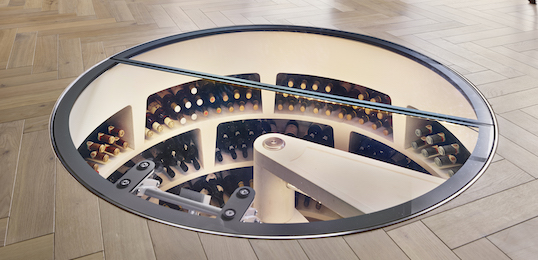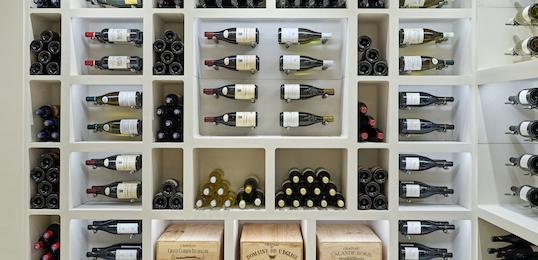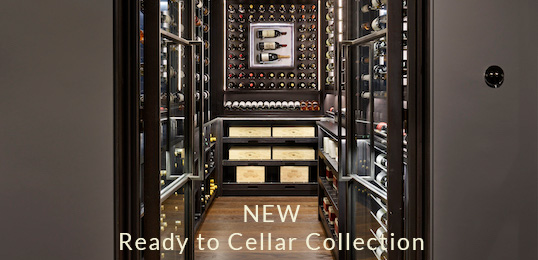
Our signature Spiral Cellar is a winding wonder of wine storage, and can be installed in almost any space, without the need for an existing basement or cellar. Naturally climate controlled, it's professional cellaring at home... with added wow-factor.

The UnSpiral Cellar gives you all the freedom to design your own wine cellar, or let us help you, using our selection of design configurations.

For more significant sized projects, our fully bespoke service provides a complete turnkey service where you can experience the sheer luxury of an end-to-end managed wine cellar project.

